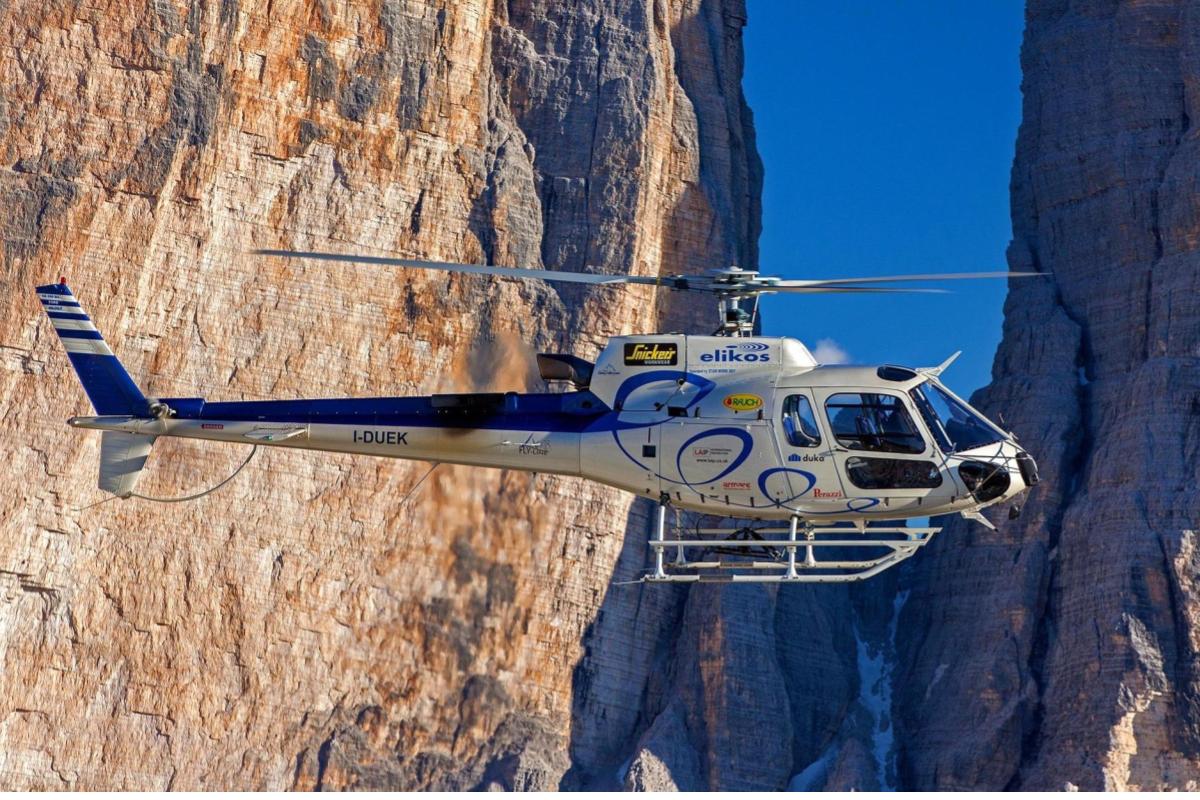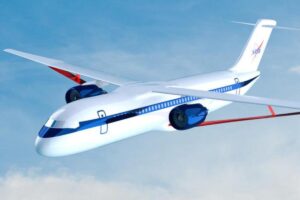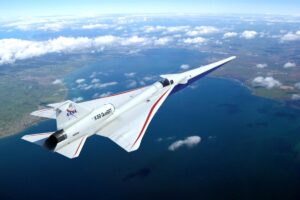Optimize Communication with 1553 Protocol Converters
Introduction
In the highly structured and safety-critical world of aerospace engineering, seamless data communication across systems is essential. Among the most trusted and enduring data buses used in avionics is the MIL-STD-1553 protocol. Originally developed in the 1970s for the U.S. Air Force, MIL-STD-1553 continues to be widely used in military and aerospace systems for its deterministic performance, fault tolerance, and reliability.
However, the complexity of modern aircraft and spacecraft presents significant integration challenges. These platforms incorporate a wide range of subsystems that use different protocols—some modern, some legacy. This is where 1553 protocol converters step in as indispensable tools. These devices bridge communication gaps, enabling data exchange between MIL-STD-1553 buses and other protocols such as Ethernet, RS-232, ARINC-429, CANbus, and more.
This white paper explores the technological capabilities, applications, and value of 1553 protocol converters, showing how they optimize communication in mission-critical environments.
Chapter 1: The Role of MIL-STD-1553 in Aerospace
1.1 A Brief History
MIL-STD-1553 was introduced to unify and standardize communication across avionics systems. Its key features include:
-
Dual-redundant data bus
-
Deterministic timing
-
Transformer coupling
-
Fault isolation and bus monitoring
It quickly became the backbone for military avionics, adopted in platforms like the F-16, C-130, and later in spacecraft, satellites, and naval vessels.
1.2 Advantages of 1553 Protocol
The enduring popularity of 1553 is rooted in several unique advantages:
-
High fault tolerance and reliability
-
Proven performance in harsh environments
-
Deterministic behavior for real-time control
-
Simple topology and architecture
1.3 The Challenge of Protocol Diversity
While 1553 remains vital, modern systems increasingly use faster, more flexible digital protocols like Ethernet and CANbus. These newer protocols bring higher bandwidth and lower latency but are fundamentally incompatible with 1553’s message-based design and timing constraints. Without conversion, such systems cannot interoperate.
Chapter 2: Understanding 1553 Protocol Converters
2.1 What is a Protocol Converter?
A protocol converter is a device or software system that translates data from one communication standard to another. A 1553 protocol converter specifically enables data exchange between a MIL-STD-1553 bus and other systems.
2.2 Key Features of 1553 Converters
Effective converters maintain the fidelity, timing, and structure of the original data while:
-
Adapting message formats
-
Preserving or emulating timing constraints
-
Supporting bidirectional data flow
-
Enabling real-time translation with minimal latency
2.3 Types of Protocol Conversions
Some common MIL-STD-1553 converter types include:
-
1553 to Ethernet
-
1553 to ARINC-429
-
1553 to RS-232/422/485
-
1553 to CANbus
-
1553 to Discrete I/O
-
1553 to USB (for ground test systems)
Each converter is designed with a specific application context in mind, ensuring proper electrical, logical, and software-level translation.
Chapter 3: Applications Across Aerospace Sectors
3.1 Military Aircraft
Many military aircraft still use 1553 as their primary communication bus. Converters allow modern targeting pods, displays, or navigation systems using Ethernet or ARINC protocols to integrate without rewriting core flight software.
3.2 Spacecraft and Satellites
Space platforms prioritize fault tolerance. As onboard systems evolve, 1553 converters allow modern instruments, GPS receivers, or payloads to communicate with legacy satellite controllers.
3.3 UAVs and Drones
Unmanned systems increasingly rely on compact, lightweight components that may not natively support 1553. Converters allow 1553-enabled ground control or flight systems to interface with miniaturized avionics.
3.4 Simulation and Test Rigs
In laboratories and simulators, engineers often emulate 1553 data to test systems using PC-based software. USB-to-1553 converters enable easy integration of test equipment with real or simulated avionics systems.
Chapter 4: Case Studies in 1553 Converter Deployment
4.1 Tactical Aircraft Mission Upgrade
An air force retrofitting a fighter jet with a new heads-up display (HUD) faced a communication issue—the HUD only supported Ethernet. A 1553-to-Ethernet converter enabled seamless integration while preserving mission software.
4.2 Satellite Payload Integration
A commercial Earth observation satellite required a hyperspectral sensor with a CANbus interface. The satellite’s onboard data bus used 1553. A protocol converter ensured the sensor operated reliably without requiring changes to the satellite bus controller.
4.3 Flight Simulator Lab
A test facility for transport aircraft used 1553 emulators to simulate avionics during system integration testing. USB-to-1553 protocol converters enabled developers to inject and monitor messages from a PC, streamlining diagnostics.
Chapter 5: Architecture and Operation
5.1 Internal Architecture
Most 1553 converters include:
-
1553 bus transceivers and transformers
-
Microcontroller or FPGA for protocol translation
-
Memory buffers and DMA controllers
-
Real-time OS or embedded firmware
5.2 Data Flow and Timing
Data translation is often handled in real-time with deterministic timing to emulate the timing behavior of the original bus. This is crucial for time-sensitive operations like flight control.
5.3 Software and Configuration
Many converters come with user-configurable software for:
-
Mapping data fields
-
Adjusting timing parameters
-
Filtering or prioritizing messages
-
Logging and diagnostics
Chapter 6: Design and Environmental Considerations
6.1 Environmental Compliance
Converters must often meet military standards, including:
-
MIL-STD-810 (shock, vibration, temperature)
-
MIL-STD-704 (power)
-
MIL-STD-461 (EMI)
6.2 Ruggedization and Miniaturization
Especially for UAV and space applications, form factor and weight are critical. Many converters are available as:
-
Standalone boxes
-
PCIe, VPX, or VME cards
-
Compact embedded modules
-
In-line or in-cable devices
6.3 Electromagnetic Integrity
Converters must shield signals and suppress noise to avoid crosstalk or signal corruption, ensuring compatibility within dense avionics environments.
Chapter 7: Certification and Standards Compliance
7.1 DO-254 and DO-178C
Converters integrated into flight systems must comply with:
-
DO-254 (design assurance for airborne hardware)
-
DO-178C (software lifecycle assurance)
7.2 Airworthiness and Traceability
The use of 1553 converters in commercial or military aircraft requires complete traceability, including:
-
Requirements and design documents
-
Validation test results
-
Failure mode analysis
7.3 NATO and International Protocols
In multinational defense programs, converters must support compliance with NATO STANAGs and similar international avionics protocols, facilitating interoperability across allied forces.
Chapter 8: Benefits of 1553 Protocol Converters
8.1 Cost Savings
Replacing an entire avionics suite to accommodate new components can be prohibitively expensive. A converter enables incremental upgrades at a fraction of the cost.
8.2 Reduced Risk and Engineering Effort
Custom software bridges and interface logic introduce risks in mission-critical systems. Protocol converters offer validated, off-the-shelf reliability with support documentation and known performance parameters.
8.3 Modular and Scalable Integration
Converters allow platforms to evolve component-by-component without disturbing the core architecture, aligning with open system philosophies like MOSA (Modular Open Systems Architecture).
Chapter 9: Advanced Use Cases
9.1 Cybersecurity-Enabled Converters
As avionics systems grow more networked, converters are being equipped with encryption, authentication, and packet inspection to guard against data spoofing or intrusion.
9.2 AI-Powered Smart Converters
Emerging designs include AI capabilities for intelligent routing, anomaly detection, and dynamic priority adjustment, enhancing both performance and security.
9.3 Converters in Swarm and Autonomous Systems
In future UAV swarms or autonomous aircraft, 1553 converters can bridge legacy control systems with AI-based navigation and sensor fusion modules operating on high-speed networks.
Chapter 10: Selecting the Right 1553 Converter
10.1 Define Use Case Requirements
Start by defining:
-
Source and destination protocols
-
Bandwidth and timing needs
-
Directionality (unidirectional or bidirectional)
-
Number of channels and message complexity
10.2 Consider Integration Environment
Determine whether the converter:
-
Will be embedded or externally mounted
-
Needs ruggedization for field use
-
Requires remote configuration or diagnostics
10.3 Vendor Evaluation
Evaluate manufacturers based on:
-
Certification support
-
Documentation and compliance
-
Lifecycle support and firmware update policies
-
Compatibility with existing avionics
Chapter 11: Market Landscape and Leading Manufacturers
11.1 Key Players
Leading companies offering 1553 protocol converters include:
-
Data Device Corporation (DDC)
-
Alta Data Technologies
-
AIM GmbH
-
Excalibur Systems
-
Astronics
-
Curtiss-Wright
Each offers product lines tailored for different aerospace needs, from test labs to satellite payloads.
11.2 COTS vs. Custom Solutions
While commercial off-the-shelf (COTS) solutions are ideal for general applications, mission-specific converters can be custom-designed for unique timing, packaging, or environmental needs.
Chapter 12: Best Practices for Deployment
12.1 Integration Testing
Use loopback tests, fault injection, and message validation to ensure the converter functions correctly in the target system.
12.2 Redundancy Planning
For critical applications, consider dual-redundant converters with independent failover mechanisms to preserve system integrity.
12.3 Maintenance and Upgrades
Ensure your converter supports:
-
Remote firmware updates
-
Diagnostic feedback (health monitoring)
-
Logging for post-event analysis
Conclusion
As aerospace systems become more complex and interconnected, the ability to bridge disparate communication protocols is more essential than ever. 1553 protocol converters are the enablers of this interoperability, providing a robust, certified, and flexible way to integrate legacy systems with new technology.
They reduce costs, simplify upgrades, enhance system lifespan, and support modular architectures—all while maintaining the trusted reliability of MIL-STD-1553. From satellites in orbit to fighters in combat and UAVs in the field, protocol converters play a central role in aerospace innovation.
Looking ahead, 1553 protocol converters will continue to evolve—integrating cybersecurity, AI capabilities, and support for emerging standards. Their role as facilitators of digital transformation in aerospace is only growing stronger.





